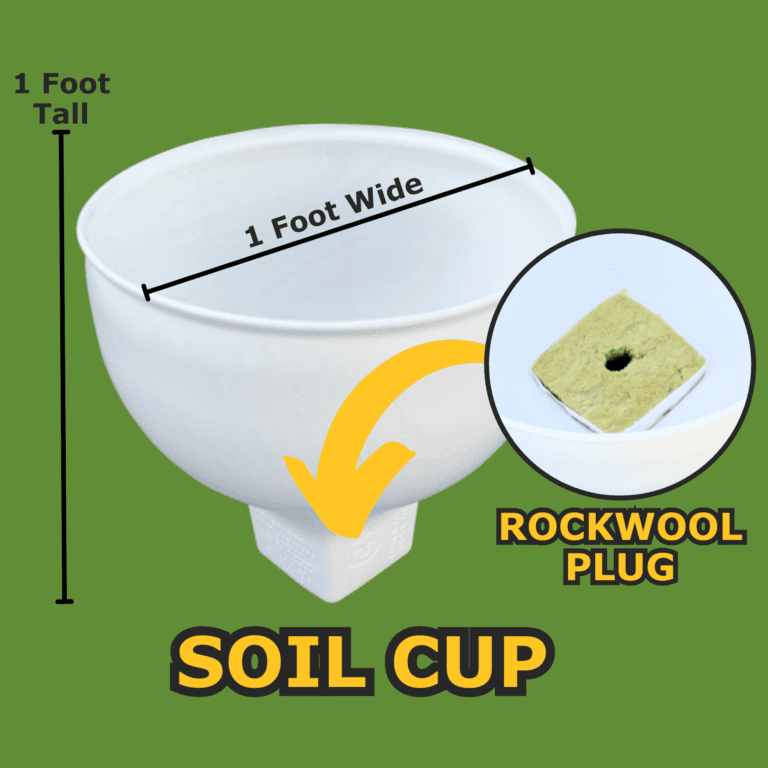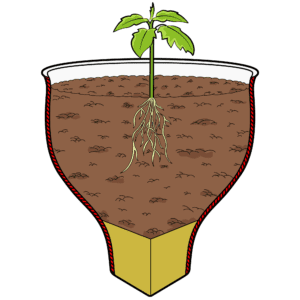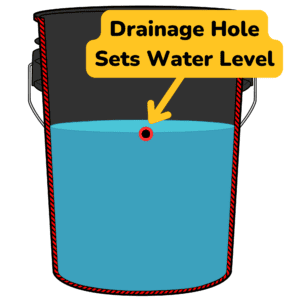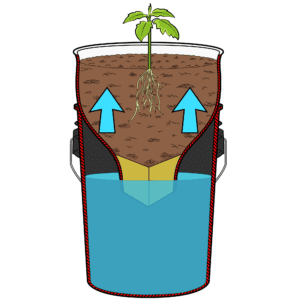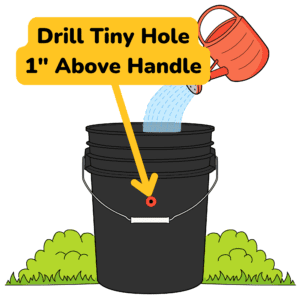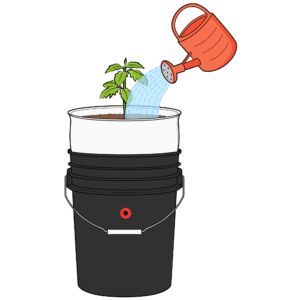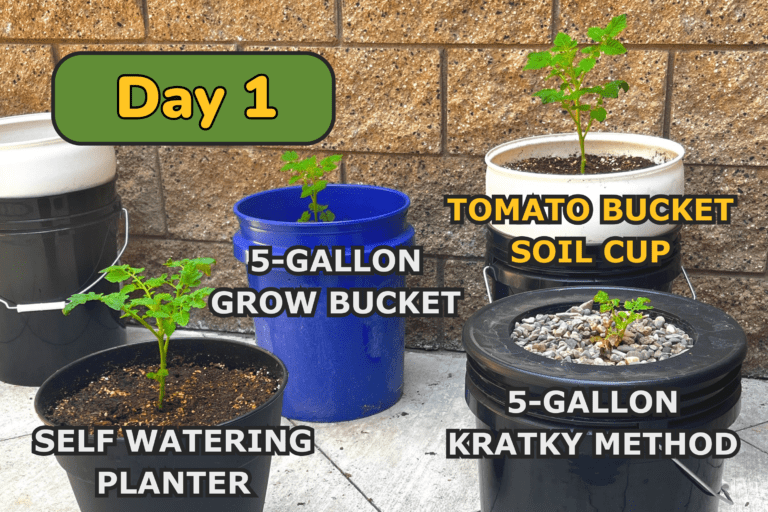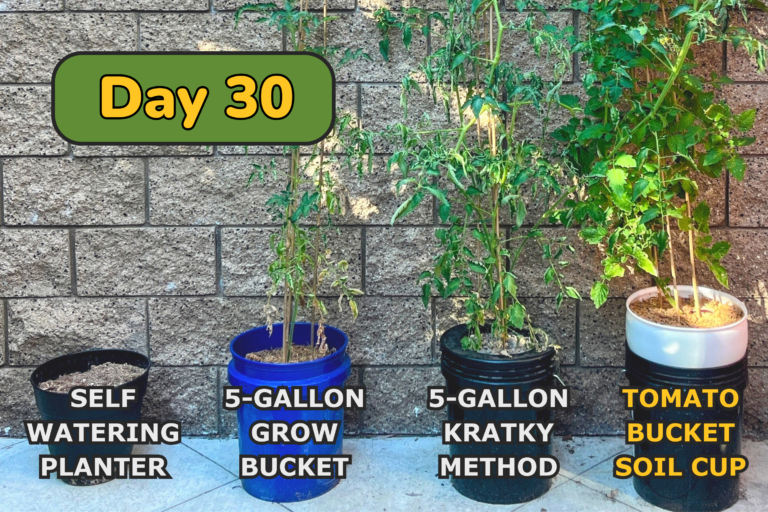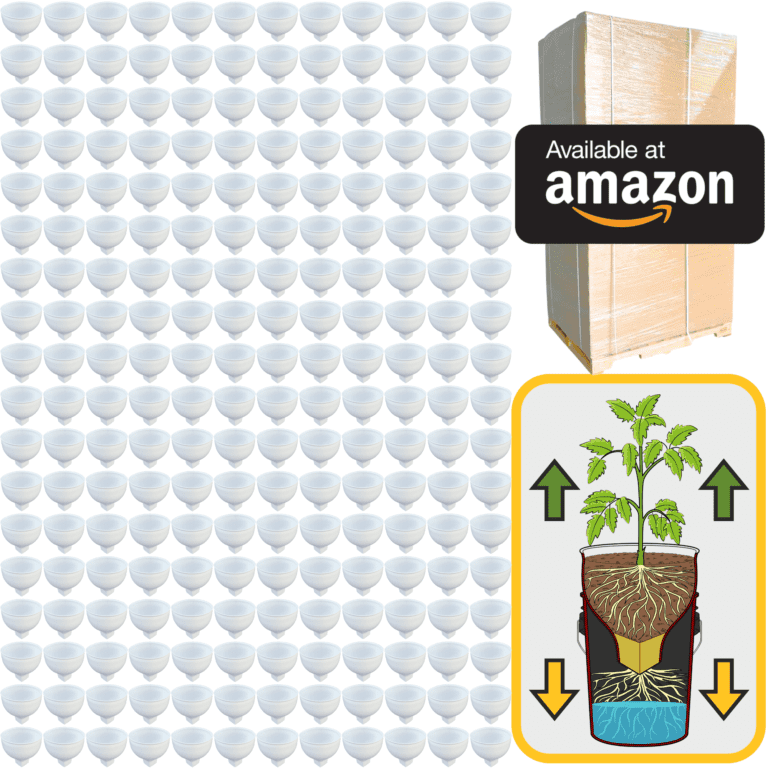Selecting the right hydroponic system is one of the most crucial steps on your gardening journey, and it can feel both exciting and daunting. With so many different methods available, each with its own strengths and nuances, it’s important to find the one that best aligns with your goals, space, and budget. This decision sets the stage for your success in growing vibrant, healthy plants.
Start by assessing your space. Do you have a cozy nook in your kitchen, a sunny balcony, or perhaps an entire room you can dedicate to growing? The size and layout of your area will significantly influence which hydroponic method you choose. For small spaces, consider simple setups like the Kratky method or wick systems. These methods are straightforward and require minimal equipment, making them perfect for beginners. You can easily fit them on a windowsill or countertop and still grow fresh herbs or leafy greens without taking up much room. This ease of access is one of the reasons why many people find these methods appealing.
If you have a bit more room to play with, you might want to explore deeper systems like deep water culture or drip systems. These options allow for larger plants and greater yields, expanding the range of vegetables and fruits you can cultivate. Deep water culture involves suspending plant roots in oxygen-rich nutrient water, which leads to rapid growth and lush foliage. Alternatively, drip systems deliver precise amounts of water and nutrients directly to each plant’s base, offering excellent control over their growing conditions. While these systems may require more investment and setup time, they can be incredibly rewarding for those looking to grow a diverse array of plants.
Your budget is another key factor to consider when choosing a hydroponic system. Many of the simpler methods, like the Kratky method or wick systems, can be established using items you likely already have at home, making them affordable options for beginners. On the other hand, more complex systems, such as deep water culture or drip setups, may necessitate purchasing pumps, timers, and additional equipment, which can add to your initial costs. It’s essential to evaluate what you’re willing to invest in both time and money before committing to a system. Starting with a straightforward, cost-effective method allows you to gain experience without overwhelming yourself financially.
Equally important is the type of plants you want to grow. Different hydroponic systems cater to different kinds of plants, so it’s essential to align your choice with your gardening aspirations. If you’re mainly interested in herbs and leafy greens, systems like wick or Kratky might be perfect for you. These plants thrive in environments that don’t require extensive nutrient control. If you’re leaning toward larger fruiting plants, like tomatoes or peppers, you’ll likely benefit from a deep water culture or drip system, which provide the necessary nutrient control for optimal growth. Choosing a system that matches your plant preferences will set you up for success and enjoyment.
As you explore your options, remember that hydroponics is a journey of discovery. There’s no single right answer, and part of the adventure is experimenting to find what suits you best. You might start with one method and find yourself inspired to try another as you learn more about the plants you enjoy growing. The beauty of hydroponics is its flexibility and the opportunity it offers to innovate and adapt.
Connecting with local gardening communities or online forums can also provide invaluable insights. Many experienced growers are happy to share their stories, successes, and lessons learned along the way. This camaraderie can be incredibly encouraging and may help you refine your approach as you choose your system. Engaging with fellow hydroponic enthusiasts creates a supportive environment where you can learn from others’ experiences and grow together.
Ultimately, the right hydroponic system for you is the one that fits your lifestyle and aspirations. Whether you opt for a simple, budget-friendly method or dive into something more complex, each choice brings its own rewards and challenges. The goal is to cultivate a thriving garden where you can enjoy the fruits of your labor, grow fresh produce, and perhaps even turn your passion for gardening into a rewarding venture.
As you embark on this exciting adventure, embrace the process of learning and growth. Each step you take, whether it’s setting up your system, monitoring plant health, or experimenting with nutrients, is a chance to deepen your understanding of hydroponics and connect with nature. Hydroponics opens up a world of possibilities, allowing you to witness the magic of plant growth and the satisfaction of nurturing living things in an innovative way. With each new plant you cultivate, you’re building your skills, expanding your knowledge, and discovering the joys of growing in a way that’s uniquely rewarding and fulfilling. The journey is yours to shape, filled with potential and the promise of success.

